Overview
This project culminates in a reimagining of the display of this quilt. The Four Block Strip quilt is currently housed in the contemporary wing of the Baltimore Museum of Art. It is hung on the wall with this plaque, relatively simple and similar to the display of the other works of art in the gallery. I propose a reinstallation of the quilt into a more enclosed area, which could be shaped as a collaborative makerspace around the quilt. Here, visitors could work with artists on staff to create their own quilt blocks inspired by Loretta’s.
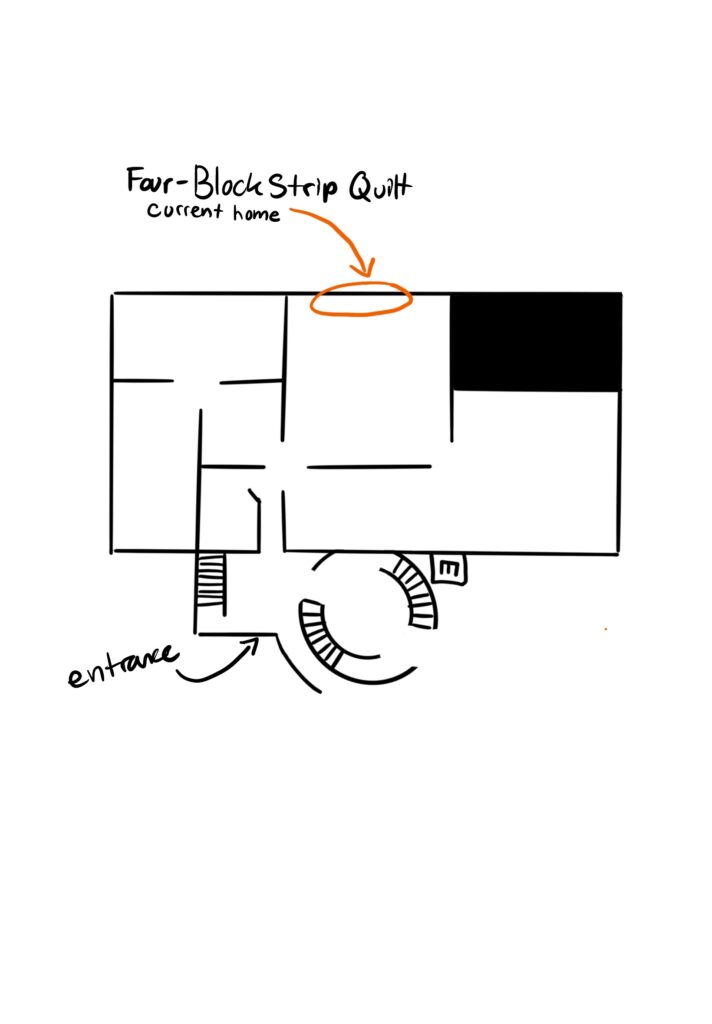

The space would encourage open talking and interaction, and would feature comfortable couches and beanbags for visitors to enjoy while looking at hanging quilts, both historic and contemporary. The exhibition would aim to create a cozy space where people could decompress, talk, craft, and spend more time with the quilt to investigate the artistic and technical skills behind its creation.
Sourcing Materials
Fabric would be available for visitors to browse through and select small sections. The fabric choices would further tie into the cultural values associated with Gee’s Bend quilting. Leftover fabric, unwanted clothing from thrift stores, and scraps from past quilts would be available, in accordance with the origins of the patchwork quilt, to support ideas of resourcefulness and getting the most out of a piece of fabric.
Similarly, the crafting supplies necessary for quilting would be sourced via donations from the community. Taking inspiration from Aunt Hazel’s Whichcraft Project LLC, a craft store located in Baltimore, the BMA could avoid taking on additional material costs in developing this exhibition. Aunt Hazel’s takes donations of half-used or unwanted crafting supplies and provides them to the larger community to encourage crafting and prevent waste.
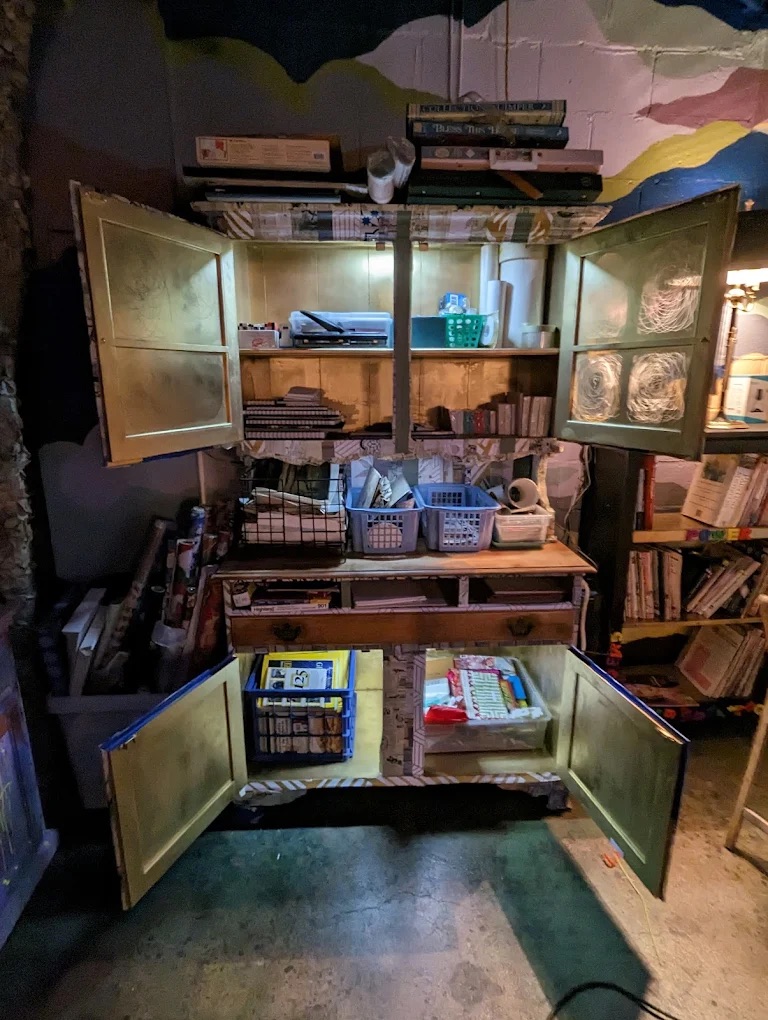


Aunt Hazel’s Whichcraft Project LLC photos – Google Images
Teaching
The gallery spaces would accommodate classes of all levels in quilting, available periodically throughout the day. Here, visitors could use their selected scraps to practice a wide range of sewing and quilting skills. Visitors would learn to sew, to cut and fashion squares, and classes would be taught in the creation of specific designs and quilting squares inspired by Loretta Pettway’s quilting block.
It would be important to encourage school field trips to participate in these classes. This would tie into values of teaching and keeping traditions alive, specifically in passing cultural skills onto young people. In addition to classes, local quilters from the Baltimore area would be employed as helpers and teachers in the exhibition, helping visitors work on their projects as they needed assistance. This follows a model laid out by Emily Norton, which would allow visitors to feel supported and encouraged in their crafting projects.
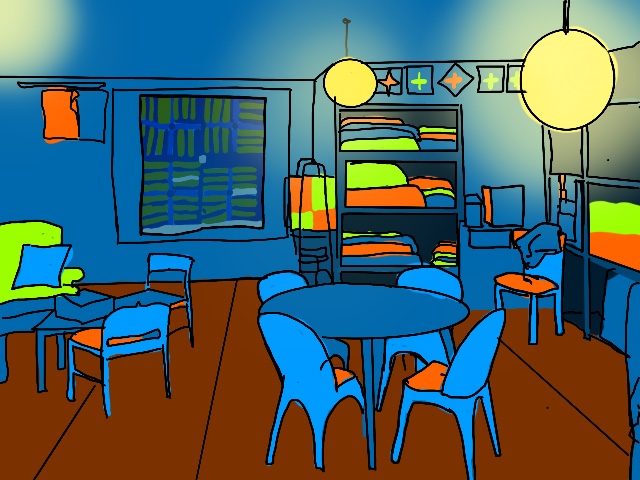
Reimagined Display of Loretta Pettway’s Four-Block Strip Quilt
Outreach
An important aspect of this exhibition would be its interaction with the local Baltimore community. Outreach would begin in two places:
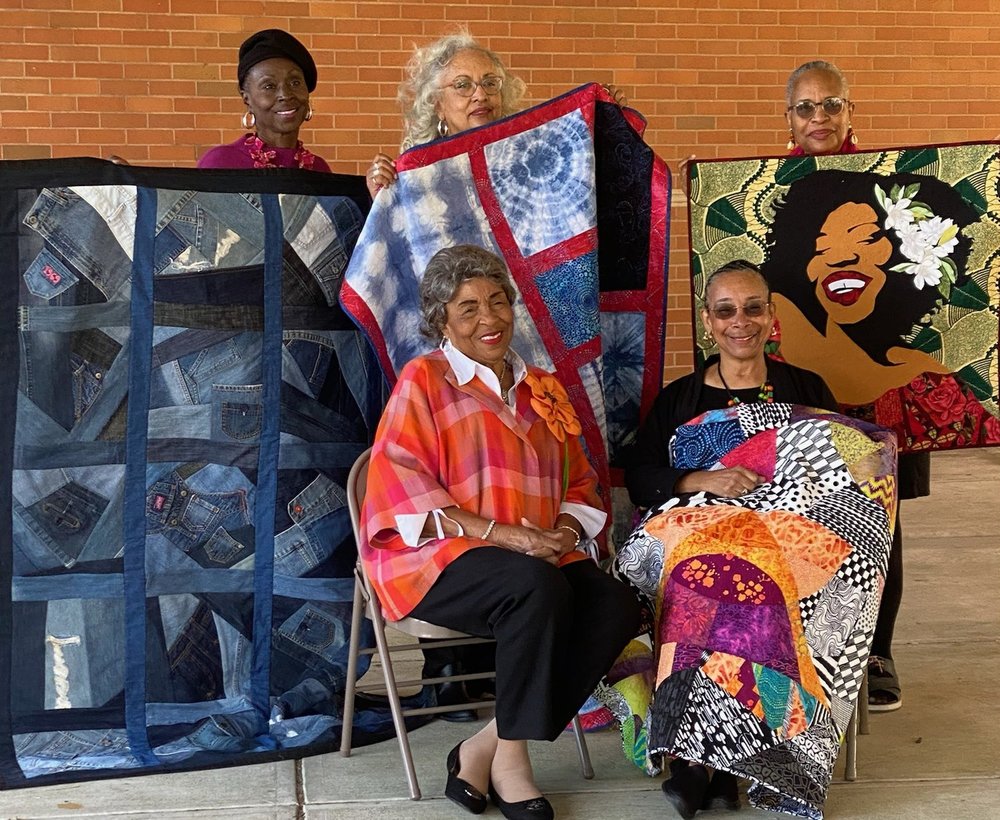
The African American Quilters of Baltimore (AAQB)
The exhibition would reach out first to this organization to see if any makers would be interested in involvement, and would ask for advice from the AAQB in the creation of the exhibition space.
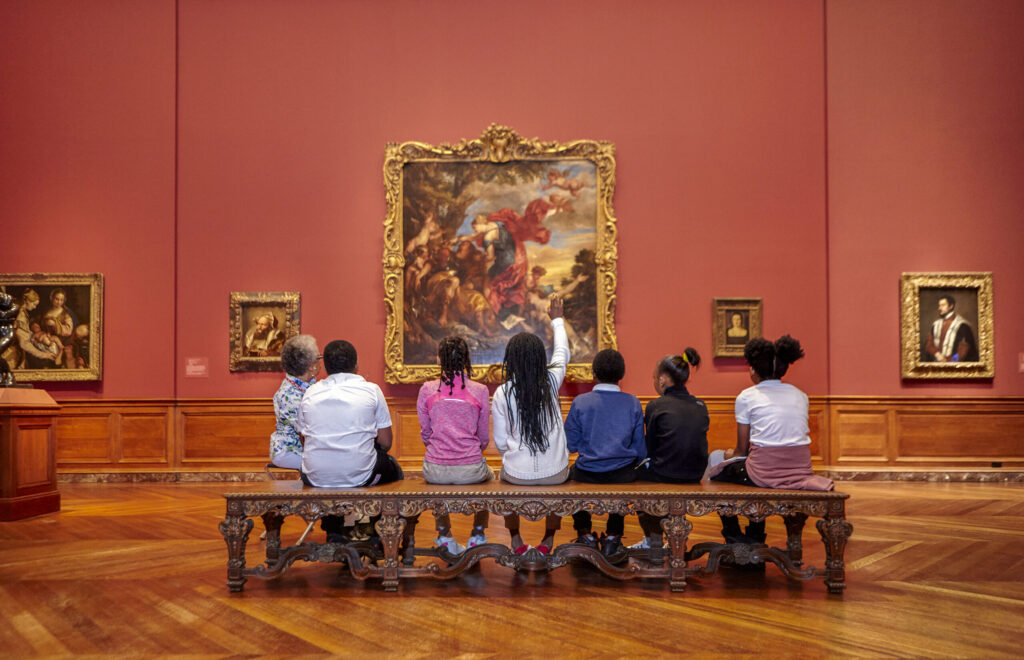
School Field Trips
The BMA already hosts frequent school trips, and this would allow kids to learn about Gee’s Bend quilts and contemporary art in general in a supportive environment.
Exhibition Goals
This exhibition would aim to encourage more people to spend significant time with Pettway’s work, considering the cultural context in which she created the work, and learning about the history of Gee’s Bend. The would exhibition ideally inspire creativity in visitors and help educate everyone on the skills and precision it takes to create a quilt. Most importantly, the exhibition would support local Baltimore artists and would bring a sense of community and conversation into the BMA Contemporary Art Space.
Target Audience
The target audience of this exhibition would be the larger Baltimore community, specifically visitors who might not have had a previous interaction with quilting specifically, but who have an existing interest in artistic and crafty projects.